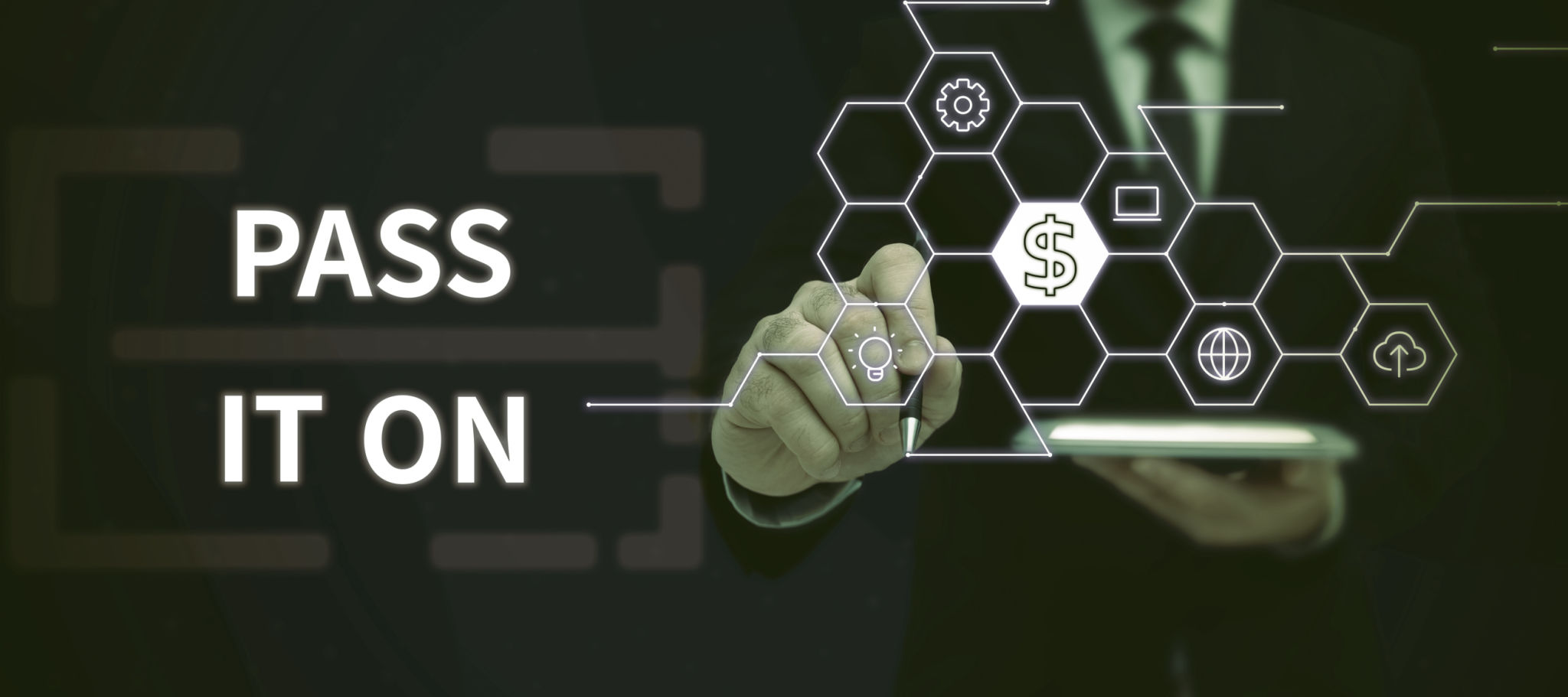Common Misconceptions About Tokenisation and How to Avoid Them
AF
Understanding Tokenisation
Tokenisation is a process that converts sensitive data into unique identification symbols or tokens. These tokens retain essential information without compromising security, making them invaluable in fields like finance and data privacy. Despite its growing adoption, there are several common misconceptions about tokenisation that can lead to confusion or misuse.

Misconception 1: Tokenisation and Encryption Are the Same
One of the most prevalent misconceptions is that tokenisation and encryption are identical. While both aim to protect sensitive information, they operate differently. Encryption transforms data into an unreadable format that can only be reverted with a decryption key, whereas tokenisation replaces data with tokens that have no exploitable value.
Understanding this distinction is vital. Encryption is ideal for protecting data in transit, while tokenisation is often preferred for securing data at rest. Combining both methods can offer comprehensive data protection.
Misconception 2: Tokens Are Always Secure
While tokens enhance security, they are not inherently foolproof. The security of a tokenised system depends heavily on how the tokens are generated and stored. Mismanagement or weak token generation processes can lead to vulnerabilities.
To avoid this pitfall, businesses should use robust tokenisation solutions that follow industry standards and best practices. Regular audits and updates to the system can further strengthen security.

Misconception 3: Tokenisation Eliminates All Compliance Concerns
Another misconception is that implementing tokenisation automatically ensures compliance with data protection regulations like GDPR or PCI DSS. While tokenisation can significantly aid in compliance by reducing the scope of data that needs to be protected, it does not replace the need for a comprehensive compliance strategy.
Organizations should still adhere to all relevant regulations and implement tokenisation as part of a broader data protection framework. This includes maintaining proper documentation, conducting regular risk assessments, and ensuring employee awareness and training.

How to Avoid Common Misconceptions
Avoiding these misconceptions requires a proactive approach to education and implementation. Here are some steps businesses can take:
- Stay Informed: Keep up with the latest developments in tokenisation technologies and industry standards.
- Consult Experts: Work with cybersecurity professionals to implement effective tokenisation solutions tailored to your needs.
- Comprehensive Training: Ensure all employees understand the role of tokenisation in data security and how it differs from other methods.
- Regular Reviews: Conduct periodic reviews of your tokenisation system to identify and address any weaknesses.
The Future of Tokenisation
As digital transformation accelerates, the importance of secure data handling will continue to grow. Tokenisation is set to play a crucial role in this landscape, providing a reliable means of protecting sensitive information. By understanding these common misconceptions and taking steps to avoid them, businesses can harness the full potential of tokenisation while safeguarding their data effectively.
Ultimately, success in tokenisation comes from recognizing it as one component of a holistic data security strategy. With the right approach, organizations can navigate the complexities of data protection and build trust with their customers.
